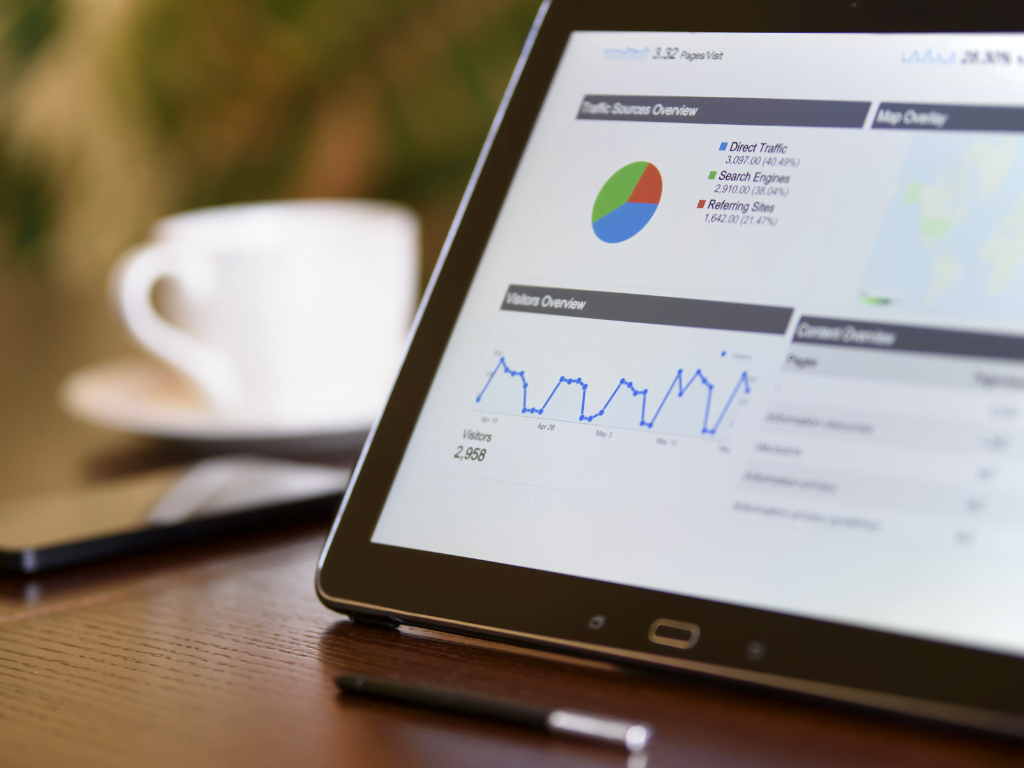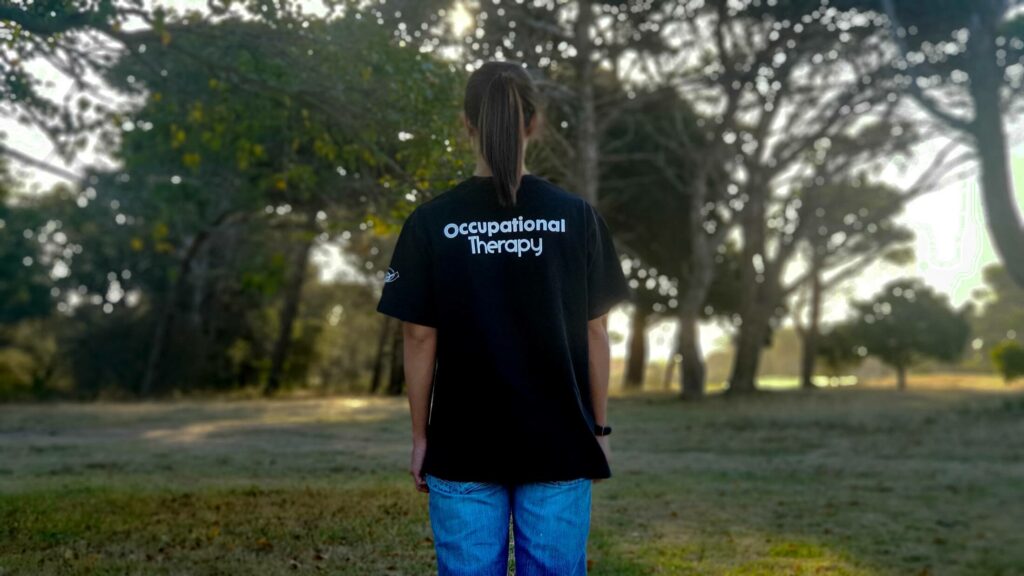

Level Up Your Marketing: The Gamification Revolution You Can’t Afford to Ignore

As Seen On
Let’s face it: traditional marketing is getting stale. You can only shove so many ads in people’s faces before they start tuning out completely. But what if I told you there’s a way to make your marketing so engaging that people actually want to interact with it? Enter gamification – the marketing strategy that’s turning the industry on.
Before you roll your eyes and dismiss this as another fleeting trend, hear me out. Gamification isn’t just about slapping some points and badges on your website and calling it a day. When used correctly, it’s a powerful psychological tool that can skyrocket your engagement, boost your conversions, and create lasting brand loyalty.
But here’s the kicker: most marketers are doing it wrong. They’re jumping on the gamification bandwagon without really understanding what makes it tick. And that’s where we come in. In this article, we will dive deep into the world of gamification in marketing, uncover its secrets, and show you how to use it to level up your campaigns.

What the Hell is Gamification, Anyway?
First things first, let’s clarify what gamification actually means because there is a lot of confusion out there.
Gamification is the application of game-design elements and principles in non-game contexts. In marketing, it means using points, badges, leaderboards, challenges, and rewards to make campaigns more engaging and interactive.
But here’s where it gets interesting: gamification isn’t about creating a full-blown game. It’s about tapping into the same psychological triggers that make games so addictive and applying them to your marketing efforts.
Think about it. Why do people spend hours playing games? It’s not just for fun. Games satisfy deep-seated psychological needs:
- The need for achievement
- The desire for social connection
- The thrill of competition
- The satisfaction of progress
Now, imagine if your marketing could tap into these same needs. That’s the power of gamification.
Why Gamification Works: The Psychology Behind the Hype
Alright, now that we’ve got the definition out of the way, let’s talk about why gamification is so damn effective.
- It triggers dopamine release: Every time we achieve something in a game, our brains release the feel-good neurotransmitter. This creates a positive association with the activity and makes us want to repeat it.
- It leverages the IKEA effect, a psychological principle that states people value things more when they’ve put effort into them. By making customers ‘work’ for rewards, gamification increases the perceived value of those rewards.
- It taps into our competitive nature: Humans are inherently competitive. Leaderboards and challenges tap into this instinct, driving engagement.
- It provides instant gratification: In a world of instant everything, gamification offers immediate rewards for actions, satisfying our need for quick wins.
- It creates a sense of progression: Progress bars and levels give users a clear sense of advancement, which is inherently satisfying.
But here’s the real kicker: gamification works because it makes marketing fun. And when was the last time you heard someone describe a marketing campaign as fun?
Leveling Up: Real-World Examples of Gamification Success
Now, I know what you’re thinking. “This all sounds great in theory, but does it actually work in practice?” Well, buckle up because I’ll blow your mind with real-world examples.
Nike+ Run Club: Turning Exercise into a Game
Nike took something most people dread – running – and turned it into a game. The Nike+ Run Club app tracks your runs, lets you compete with friends, and rewards you with badges and trophies for hitting milestones. The result? Millions of engaged users associate Nike with their fitness achievements.
Starbucks Rewards: More Than Just a Loyalty Program
Starbucks turned their loyalty program into a game with levels, challenges, and rewards. Users earn stars for purchases, which they can redeem for free drinks. But here’s the clever part: Starbucks regularly offers bonus star challenges, turning a simple coffee run into an engaging game.
Duolingo: Making Language Learning Addictive
While not strictly a marketing campaign, Duolingo’s entire platform is a masterclass in gamification. They’ve turned the often tedious task of learning a language into an addictive game, complete with levels, leaderboards, and daily challenges. The result? Over 300 million users and counting.
M&M’s Eye-Spy Pretzel: Gamifying Social Media
M&M’s launched a Facebook campaign in which users had to find a tiny pretzel hidden among a sea of M&M’s. This simple game generated over 25,000 likes, 6,000 shares, and 10,000 comments in just 24 hours—all for the cost of creating a single image.
But here’s where it gets really interesting: these companies didn’t just slap some game elements onto their existing strategies. They fundamentally rethought their approach to customer engagement. And that’s the key to successful gamification.
The Dark Side of the Game: Potential Pitfalls and Ethical Considerations
Before you run off and gamify everything in sight, we need to talk about the potential downsides. Because, like any powerful tool, gamification can be misused.
- Oversaturation: If every brand starts gamifying its marketing, consumers might get overwhelmed and tune out.
- Shallow engagement: If your gamification is too superficial, it might drive short-term engagement but fail to create lasting connections.
- Addiction concerns: There’s a fine line between engaging and addictive. Ethical considerations are crucial when designing gamified systems.
- Privacy issues: Many gamified systems collect user data. It’s essential to be transparent about data usage and respect user privacy.
- Exclusion: Not everyone enjoys games. An overly gamified approach might alienate some of your audience.
The key is to use gamification thoughtfully and ethically. It should enhance your marketing, not define it.
Your Turn to Play: A Step-by-Step Guide to Gamifying Your Marketing
Alright, you’re convinced. Gamification is powerful; it works, and you want in. But where do you start? Don’t worry; I’ve got you covered. Here’s your step-by-step guide to gamifying your marketing:
- Define your objectives: What do you want to achieve? Increased engagement? More sales? Better brand awareness? Your goals will shape your gamification strategy.
- Know your audience: What motivates them? What kind of games do they enjoy? Your gamification needs to resonate with your specific audience.
- Choose your game elements: Points, badges, leaderboards, challenges, levels – pick the elements that best fit your objectives and audience.
- Create a narrative: The most engaging gamified experiences tell a story. What’s yours?
- Design your rewards: What will users get for participating? Make sure the rewards are meaningful and aligned with your brand.
- Implement and test: Start small, perhaps with a single campaign or product line. Test, gather feedback, and iterate.
- Monitor and adjust: Monitor your metrics closely. Are people engaging? Are you achieving your objectives? Be prepared to tweak your approach based on real-world results.
Remember, gamification isn’t a one-size-fits-all solution. It must be tailored to your specific brand, audience, and goals.
The Future of Marketing: Is Everything Going to Be a Game?
As we wrap up, let’s take a moment to peer into the crystal ball. Where is all this heading?
The truth is that gamification is just getting started. As technology advances, we’ll see even more immersive and engaging gamified experiences. Think augmented reality scavenger hunts, virtual reality brand experiences, and AI-powered personalised challenges.
But here’s the thing: the future of marketing isn’t about turning everything into a game. It’s about understanding the psychological principles that make games engaging and applying them in smart, strategic ways to create more meaningful connections with our audiences.
The brands that will win in this new landscape don’t have the flashiest games or the most points systems. They’re the ones who use gamification as a tool to create genuine value for their customers.
Conclusion: Game Over or Game On?
So, there you have it. Gamification in marketing isn’t just a fad – it’s a powerful strategy based on fundamental principles of human psychology. When done right, it can transform your marketing from a one-way broadcast into an engaging, two-way interaction.
But remember, gamification isn’t a magic bullet. It’s not about manipulating or tricking your audience into engaging with your brand. It’s about creating experiences that are genuinely fun, rewarding, and valuable.
The game of marketing is changing. The question is: are you ready to play?
Frequently Asked Questions:
Won’t people get bored of gamification over time?
Like any marketing strategy, gamification needs to evolve to stay fresh. The key is to continually update your gamified elements, introduce new challenges, and ensure that the rewards remain meaningful to your audience.
Is gamification suitable for all types of businesses?
While gamification can be adapted to most businesses, it may not be suitable for every situation. It’s important to consider your brand identity, target audience, and marketing goals. For some serious or sensitive industries, a more subtle approach to gamification might be appropriate.
How does gamification fit into an overall marketing strategy?
Gamification should be integrated as part of a broader marketing strategy, not as a standalone gimmick. It can be particularly effective for driving engagement, collecting customer data, and reinforcing brand loyalty.
Konger
Up until working with Casey, we had only had poor to mediocre experiences outsourcing work to agencies. Casey & the team at CJ&CO are the exception to the rule.
Communication was beyond great, his understanding of our vision was phenomenal, and instead of needing babysitting like the other agencies we worked with, he was not only completely dependable but also gave us sound suggestions on how to get better results, at the risk of us not needing him for the initial job we requested (absolute gem).
This has truly been the first time we worked with someone outside of our business that quickly grasped our vision, and that I could completely forget about and would still deliver above expectations.
I honestly can’t wait to work in many more projects together!
Disclaimer
*The information this blog provides is for general informational purposes only and is not intended as financial or professional advice. The information may not reflect current developments and may be changed or updated without notice. Any opinions expressed on this blog are the author’s own and do not necessarily reflect the views of the author’s employer or any other organization. You should not act or rely on any information contained in this blog without first seeking the advice of a professional. No representation or warranty, express or implied, is made as to the accuracy or completeness of the information contained in this blog. The author and affiliated parties assume no liability for any errors or omissions.

